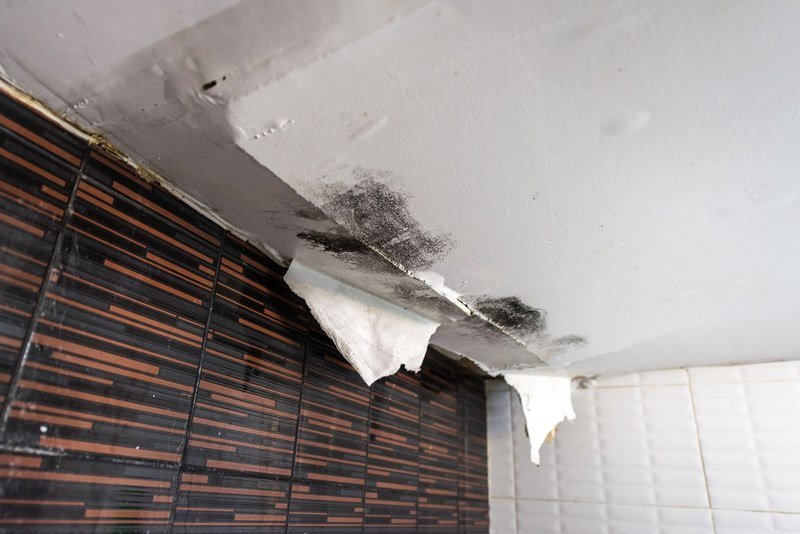Spot Six of The Commonest Causes for Leakage Within Your Home
Spot Six of The Commonest Causes for Leakage Within Your Home
Blog Article
We've noticed this post involving Most Common Causes of Leaky Pipes below on the web and accepted it made sense to write about it with you in this article.

Leakages not only create waste of water but can likewise cause unneeded damage to your home and promote undesirable organic growth. Water leaks could go undetected since most of the pipework in our residence is concealed. By looking as well as understanding for day-to-day scenarios that create leaks, you can secure your home from future leaks as well as unnecessary damage. Today, we will take a look at 6 leakage creates that may be causing your pipes to trickle.
Encroaching roots
Most water leaks begin outside your home instead of inside it. If you discover a sudden decline in water stress, say in your faucet, take time to head out and analyze your yard. You may observe wet spots or sinkholes in your lawn, and that might mean that tree roots are invading water lines creating water to seep out. You can have your plumber check for intrusion, particularly if you have trees or shrubs near your residential property.
Rusty water supply
As time passes by, your plumbing system ages and corrosion such as rust may start eating away the pipes. This might be the root cause of staining or warping on your water pipes. This calls for an assessment with your plumber quickly. Take into consideration replacing the pipelines given that they are at a higher danger of rust than the newer models if our plumbing system is old.
Malfunctioning Pipe Joints
Pipeline joints can wear away over time, resulting in water leakages. If you have noisy pipes that make ticking or banging noises, specifically when the warm water is turned on, your pipe joints are most likely under a great deal of pressure.
Instantaneous temperature level changes.
Extreme temperature changes in our pipes can create them to increase as well as contract suddenly. This expansion and also contraction may create splits in the pipes, especially if the temperature are below freezing.
Poor Water Connectors
At times, a leakage can be caused by loose pipes and pipelines that provide your devices. More often than not, moving is what triggers the loosened water Links. You could locate in the case of a washing maker, a hose pipe might spring a leakage due to shaking throughout the spin cycle. In case of a water links leakage, you might observe water running straight from the supply line or pools around your home appliances.
Clogged Drains
Clogged drains could be frustrating and also inconveniencing, but they can in some cases end up triggering an overflow causing break pipelines. Maintain getting rid of any kind of products that might drop your drains pipes that might block them to avoid such aggravations.
All the above are sources of leaks however not all water leakages arise from plumbing leakages; some leaks might come from roofing leakages. All leaks must be fixed quickly to stay clear of water damage.
Leaks not only create waste of water but can also cause unneeded damage to your house and promote unwanted natural growth. By understanding as well as looking for everyday scenarios that cause leaks, you can shield your home from future leakages and also unnecessary damage. Today, we will certainly look at 6 leak triggers that might be creating your pipes to drip.
At times, a leak can be created by loosened hoses and pipes that supply your home appliances. In instance of a water links leakage, you might see water running straight from the supply line or pools around your appliances.
How To Check For Water Leak In Your Home
How To Check for Leaks
The average household's leaks can account for nearly 10,000 gallons of water wasted every year and ten percent of homes have leaks that waste 90 gallons or more per day. Common types of leaks found in the home are worn toilet flappers, dripping faucets, and other leaking valves. These types of leaks are often easy to fix, requiring only a few tools and hardware that can pay for themselves in water savings. Fixing easily corrected household water leaks can save homeowners about 10 percent on their water bills.
To check for leaks in your home, you first need to determine whether you're wasting water and then identify the source of the leak. Here are some tips for finding leaks:
Take a look at your water usage during a colder month, such as January or February. If a family of four exceeds 12,000 gallons per month, there are serious leaks.
Check your water meter before and after a two-hour period when no water is being used. If the meter changes at all, you probably have a leak.
Identify toilet leaks by placing a drop of food coloring in the toilet tank. If any color shows up in the bowl after 10 minutes, you have a leak. (Be sure to flush immediately after the experiment to avoid staining the tank.)
Examine faucet gaskets and pipe fittings for any water on the outside of the pipe to check for surface leaks.
Undetected water leaks can happen without the home or business owner even realizing. If you suspect a water leak, but not able to find the source. It is time to contact a professional water leak detection service, The Leak Doctor.
How To Find a Water Leak In Your Home
https://www.leakdoctor.com/blog/How-To-Check-For-Water-Leak-In-Your-Home_AE197.html

I'm very intrigued by How to detect water leaks in your home and I am assuming you enjoyed the entire post. Sharing is nice. You just don't know, you could be helping someone out. Thanks a lot for taking the time to read it.
Request Appointment Report this page